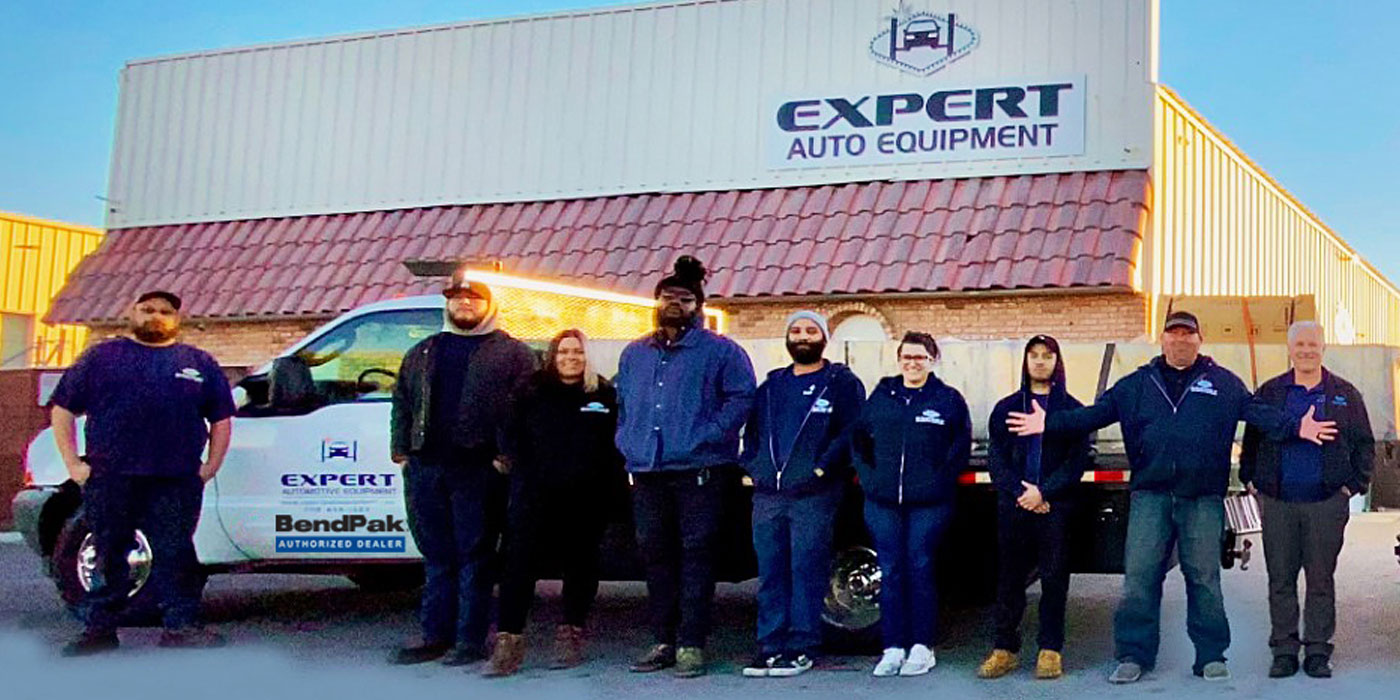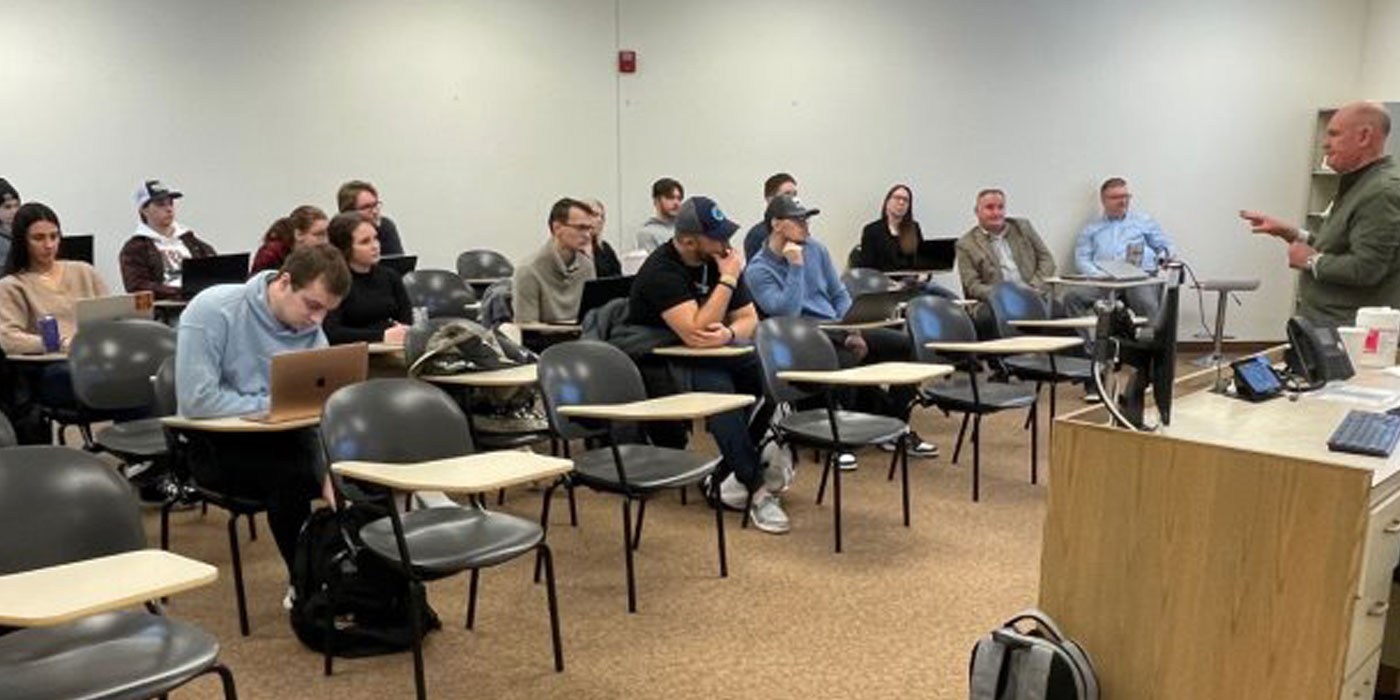Suppose a child returns from years at a university and sits down with his or her parents and declares:
“Hey mom, I spent money and time learning how to be a professional. Now I’m going to borrow money for the tools I need. And to get the job I want, I’m going to tell the potential employer that I will work for 26 percent less than the guy that he has in the job right now.”
Sounds like a dumb idea, right? Well, as an industry we’re doing practically the same thing.
The Automotive Aftermarket Industry Association (AAIA) just spent a ton of money on a research project to help Congress understand just how valuable the independent repair shop is to the vehicle owners in the United States.
The AAIA survey, (“Vehicle Repair Cost Analysis”) showed that vehicle repairs for parts and labor averaged 34.5 percent more at new car dealerships than at independent repair shops. Now convert that to state it the other way and it sounds like this: “Parts and labor supplied by the independent repair shop is nearly 26 percent cheaper than the same repair, with the same quality parts as the new car dealer.”
That’s certainly good news when it comes to the aftermarket being competitive. Everyone knows that by being cheaper than the new car dealer service department, the aftermarket’s independent repair shops can take all the business away from the dealerships, right?
Well, not really.
If in fact cheaper is the ticket to more business, then why didn’t the independents take all the dealership business decades ago? How about your town — is the cheapest shop the one with all the business? There are benefits to independent shops charging more money and that helps parts professionals. More money means the possibility of more training, more advertising and eventually, a growing customer base.
Don’t get me wrong — price can be used as a strategic advantage. Perhaps 5 percent, 10 percent, maybe even 15 percent less. But 26 percent? Thinking we must be crazy, I asked several Car Care Professional Network (CCPN) shop owners if they are really 26 percent cheaper. Every one of them said no. They typically average 10 to 15 percent less than the car dealer and have growing, thriving businesses. Now, if the above-average shops, like these CCPN members I asked, are 10 to 15 percent lower-priced than the new car dealers, for the national average to be 26 percent less, other shops had to be even more than the 26 percent! Maybe that’s why we have seen repair shops close in markets that should have been viable business environments. Odds are, they were too cheap.
I’ve studied and implemented pricing strategies for decades and I can say without hesitation that if a customer won’t change suppliers for 10 percent to 15 percent less, they won’t change for 26 percent off either. In fact, it is common to question the quality of something priced so far below the competition. If we can’t get the business with a 10 to 15 percent advantage, something other than price is keeping the vehicle owners at the dealerships.
Of course, there’s the rest of the business equation. If prices are so low that independents have little money for proper advertising, promotion and training, the new car dealer who does charge enough to pay for those items outshines independents in the vehicle owners’ minds. Perhaps what independents need to do is take some of the extra money they can get by pricing smarter, and invest it to improve their marketing communication to potential customers and win business.
Considering that simply charging more and being closer to the dealership pricing would cause no increase in costs, let’s look at what could be accomplished through more strategic pricing. If the average shop charging 26 percent less changes prices to be 15 percent less, there is an automatic increase in net revenue of 14 percent. That’s 14 percent MORE profit to the bottom line. Now, the shop owner could pay taxes on the extra profit and spend what’s left on a Ferrari or a new house (both questionable investments right now, but you get the point). So, why not beat paying the taxes by investing most of the extra money back into the areas where the new car dealer excels?
Targeted direct mail, community promotion, political action, more training for the techs and management … perhaps even another service writer? I’m sure by now you get the picture. The AAIA survey had good news as an industry — we are priced competitive as hell.
The bad news is by pricing too competitively, we don’t have the money needed to compete with the new car dealers in the areas like marketing and training. Our very strength becomes our weakness, the report said.
Are your parts priced so much lower than the OEs that you have had to cut advertising, promotion, technical and customer service budgets? Think about it.
From repair shop to parts manufacturer, the survey by AAIA shows that it’s time to price smarter and reinvest the money into convincing the vehicle owners that when they want a new vehicle, they should go to a car dealer. But when consumers want the best service for that vehicle, bring it to the independent repair shop.










